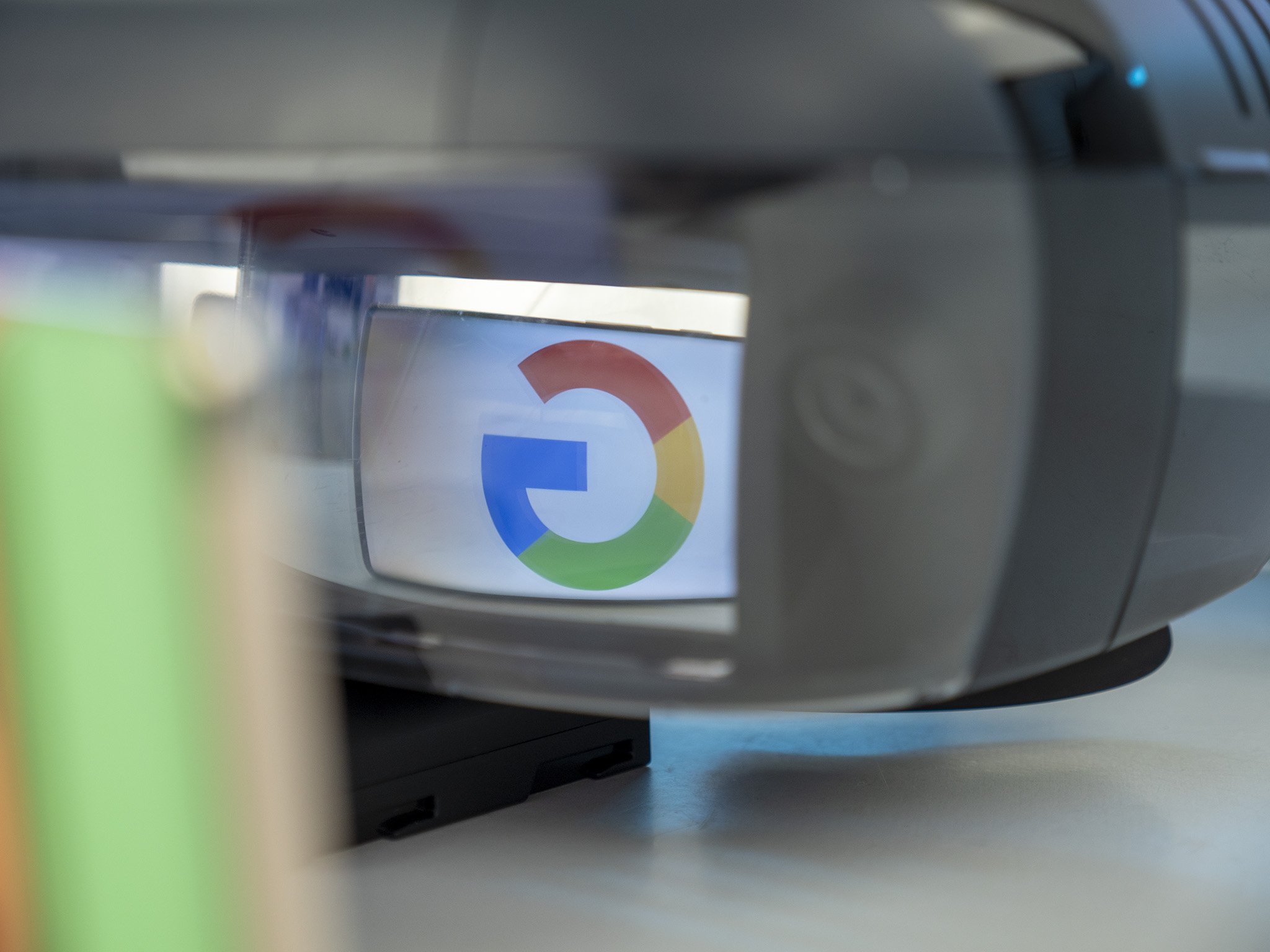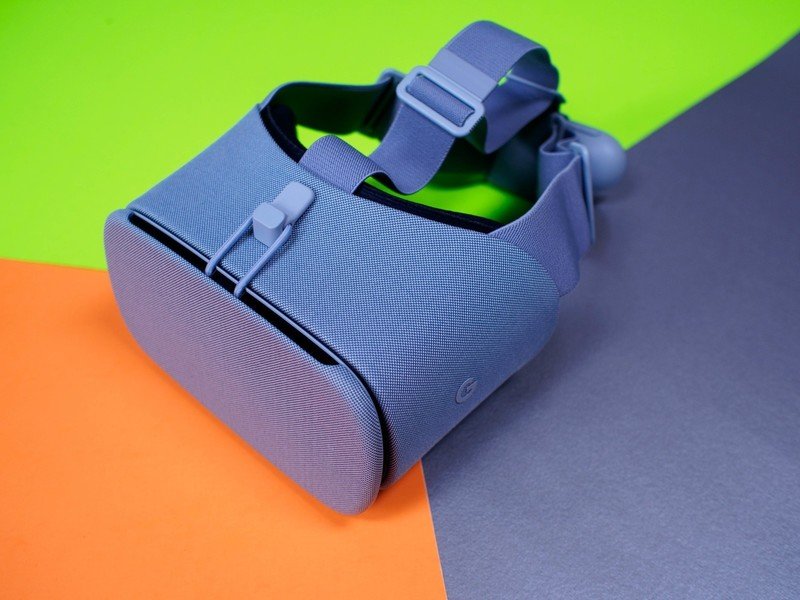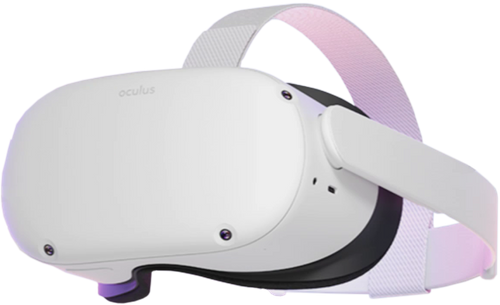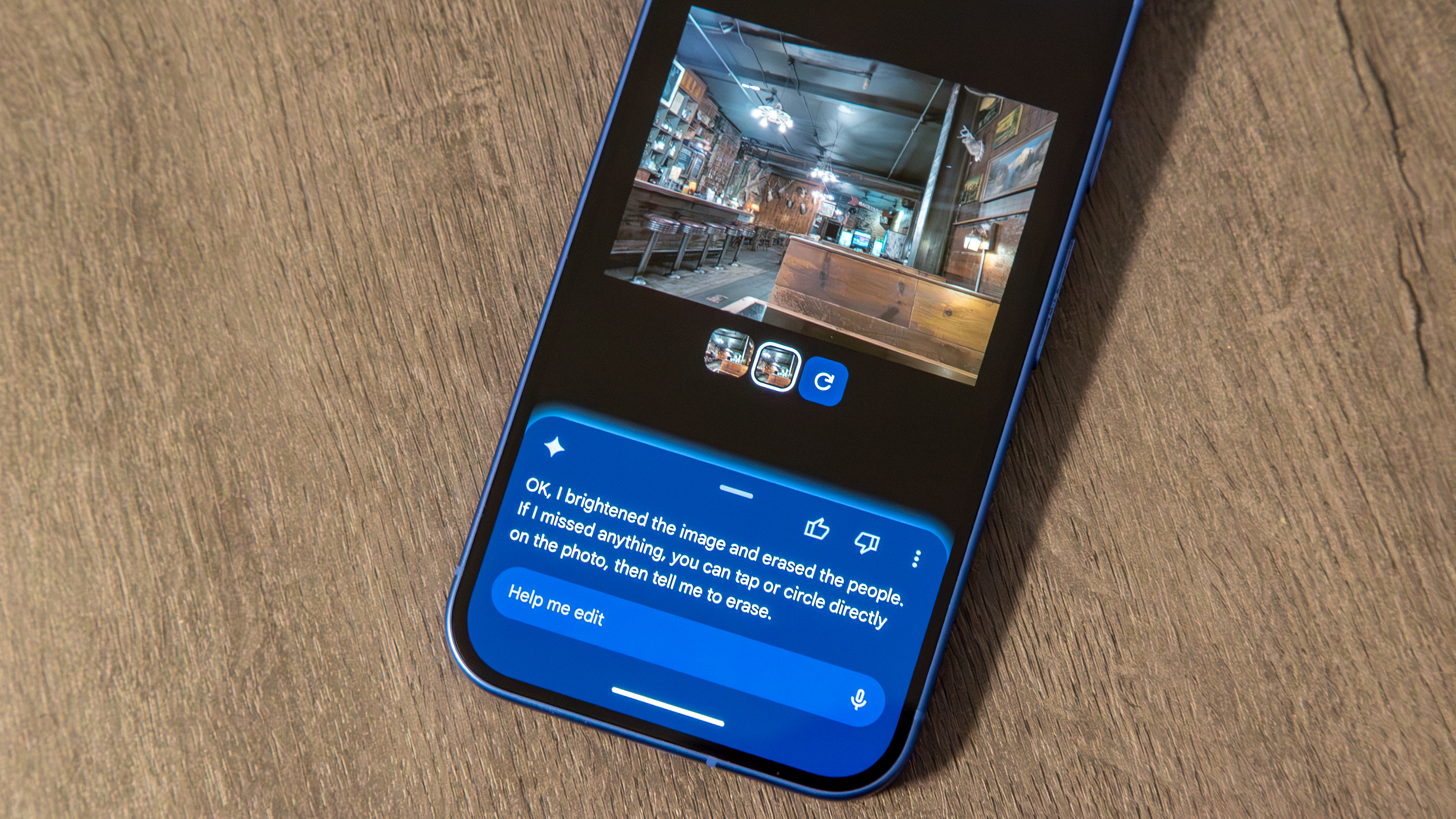Google Project Iris is a new AR/VR headset powered by the cloud

What you need to know
- Google looks to be ramping up its AR/VR efforts again, this time around with Project Iris.
- Project Iris is described as an untethered pair of 'ski goggles' that could be powered by custom Google silicon.
- The headset appears to utilize the power of the cloud to render graphics and could be a huge boon for advanced features.
It's been several years since Google has taken the AR and VR markets seriously, but another slew of leaks shed more light on the AR glasses rumor that made the rounds earlier this month. In this new leak, unnamed sources told The Verge that a new AR headset from Google, named Project Iris, is under development and currently scheduled for a 2024 release.
The source describes early prototypes of Project Iris as looking like a 'pair of ski goggles', probably not unlike the HTC Vive Flow that was announced in late 2021. The difference here is that Project Iris isn't tethered to any external device to power its computational abilities or other functions.
In fact, this source says that Google's Project Iris is powered by custom Google silicon — likely a slimmed-down version of Google Tensor that powers the Pixel 6 and Pixel 6 Pro — and the Pixel team reportedly has a hand in the hardware design of the project, as well.
But the most interesting part isn't Google's newly-minted desire to get back into AR or VR. Rather, it's the word that Project Iris will be using its data centers to "remotely render some graphics and beam them into the headset via an internet connection." If that sounds a lot like a rough description of Google Stadia, you're certainly not alone in your thoughts.
Using cloud-based services like Stadia along with bespoke low-power chipsets created by Google itself could give an always-connected headset far more graphical capabilities than the average standalone AR or VR headset.

The report calls Project Iris an 'AR headset' but the description of functionality makes it seem quite a bit more immersive than that. The Verge compares it to the Quest Pro and the rumored upcoming headset from Apple, both of which are likely far more VR-focused than the best AR glasses are designed to be.
According to the report, Google now has over 300 people working on the project and plans to hire 'hundreds more'. Fascinatingly enough, Clay Bavor is heading the project along with Project Starline. Bavor was previously the head of the now-dead Google Cardboard and Google Daydream VR projects at the company.
Get the latest news from Android Central, your trusted companion in the world of Android
Google still sells Google Glass but only to enterprise markets where it has found a niche foothold. Since the company purchased North — a popular AR Glasses startup in Canada — the company has worked on growing the team at the location and is hard at work on new products for the company.
Based on the information we've pieced together, it seems that North's upcoming products are likely different from Project Iris, showing a Google that's, once again, interested in consumer-focused mixed reality products.

The Quest 2 is a powerful VR headset that doesn't need a PC or console to work. It's totally standalone, giving you true VR freedom.

